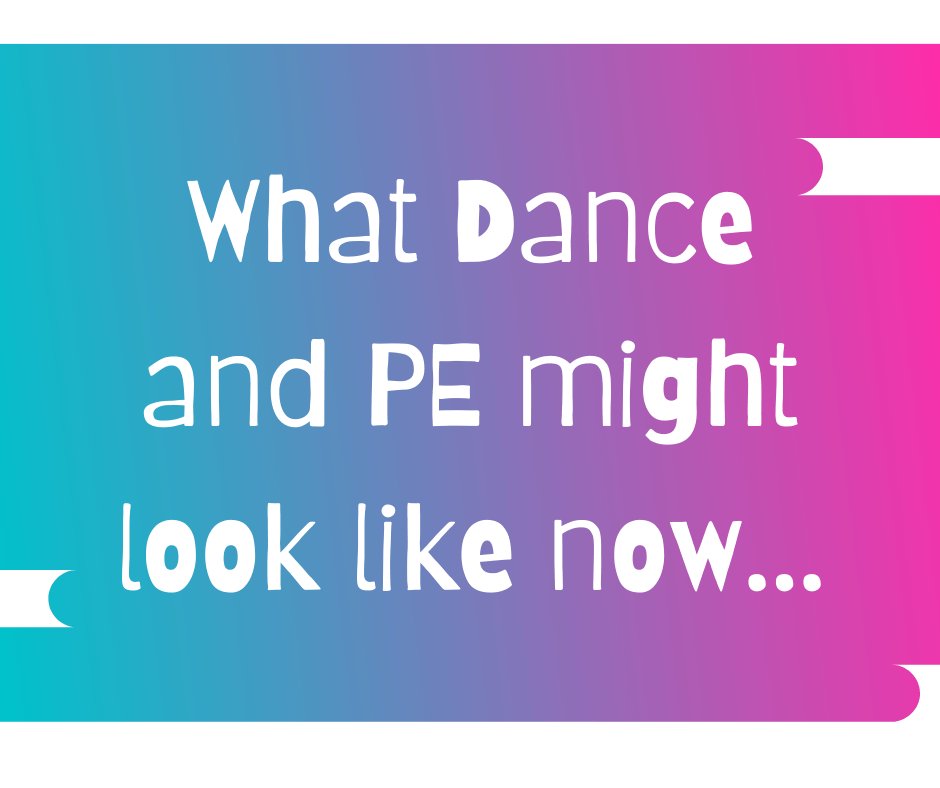Have you noticed that many of your reception children are starting school with a weaker…
Childhood Obesity Plan, pt. 2
Following on from the launch of the government’s Childhood Obesity Plan (part 2) we’ve digested the information into a bite-sized summary of key findings and recommendations, with a specific focus on Schools and physical activity.
The role of schools
Part 2 of the government’s plan to significantly reduce childhood obesity identifies school’s responsibility to equip children with the knowledge they need to lead healthy lifestyles and creating environments that encourage their pupils to eat healthily and be physically active too.
“Schools have an important role in defining habits and helping their pupils make healthier choices.”
“Obesity rates double during the primary school years (NHS Digital. (2017). National Child Measurement Programme 2016/17) and increase even further in secondary school.”
To tackle these issues, the Jeremy Hunt (the Secretary of State for health and Social Care) states “I have set a new ambition to halve childhood obesity rates by 2030.”
The government’s plan reiterates the importance of physical activity. Participating in regular physical activity not only improves physical health but also improves mental wellbeing and academic attainment. “The Chief Medical Officer recommends all school-aged children to get at least 60 minutes of physical activity every day” – but approximately one in five achieve this.
The plan recommends that: “during the school day, the school should be responsible for delivering at least 30 minutes of the total recommended 60 daily minutes of moderate to vigorous physical activity for children and young people”. The plan also wants to draw focus on those children that are least active and how they are being engaged in physical activity in and around the school day.
The government are promoting their ambition that every primary school adopt the active mile initiative, such as the Daily Mile, and this will probably have to be funded through the Primary PE and Sport Premium.
Schools will also be encouraged to “develop knowledge and understanding of a range of health related matters” throughout the curriculum, for example PE lessons incorporating the long term benefits of physical activity.
In addition, Ofsted will be developing a new framework from September of next year which will analyse “how schools build knowledge across the whole curriculum and how they support pupils’ personal development more broadly, including in relation to healthy behaviours”.
Dance and obesity
Here at JumpStart Dance we welcome the government’s ambition to halve childhood obesity. Most importantly, we want children of all shapes, sizes and abilities to enjoy physical activity – if it’s fun then children are more likely to take part regularly. Dance is a fantastic activity that can be done for 30 or 60 minutes. We’ve identified both the physical and mental benefits that dance can provide children to enhance their overall sense of wellbeing.
At Jumpstart we offer sessions which bring lots of fun but align well with the school curriculum, including classes created around history topics, transport, books and even people who help us. Our topics are interesting and engaging for children.
If you’d like to bring Dance into your school but your maybe unsure on where to start we also offer Dance Inset Days for your teaching staff to get involved in. You can find out more about the Dance Inset Days on our website here.
You can read the Childhood obesity: a plan for action here.



